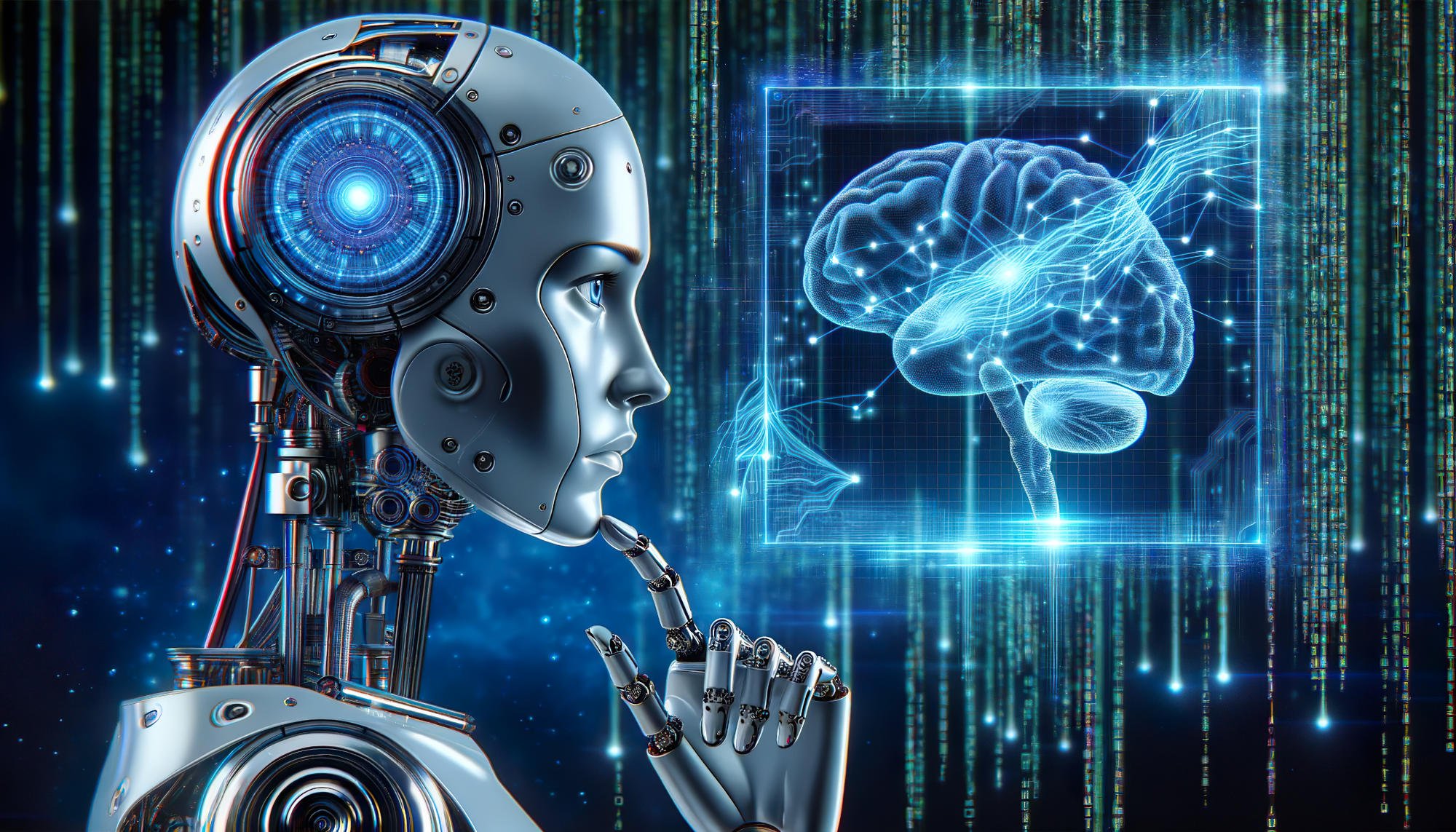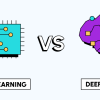Artificial Intelligence (AI) is no longer a concept confined to science fiction.
Today, AI is everywhere—from the voice assistants on your smartphone to recommendation engines on Netflix and self-driving cars on our roads.
At its core, Artificial Intelligence refers to the simulation of human intelligence in machines that are programmed to think, learn, and make decisions.
While the idea sounds futuristic, AI is already transforming industries like healthcare, finance, entertainment, and transportation.
As we move deeper into the digital age, understanding what AI is—and what it isn’t—becomes essential for anyone wanting to keep up with modern technology trends.
This beginner’s guide will break down the basics of AI, how it works, its types, applications, and what the future might hold for this incredible technology.
What Exactly Is Artificial Intelligence?
Artificial Intelligence is a branch of computer science focused on creating systems capable of performing tasks that typically require human intelligence.
These tasks include learning from experience, understanding natural language, recognizing patterns, solving problems, and making decisions.
AI can be rule-based (following pre-programmed instructions) or learning-based (adapting based on data inputs).
The goal is to create machines that can mimic human cognitive functions efficiently and even improve over time.
A Brief History of AI

The dream of intelligent machines dates back centuries.
However, AI as a field officially began in 1956 during a conference at Dartmouth College.
Early pioneers like John McCarthy, Marvin Minsky, and Alan Turing laid the groundwork for what would become modern AI.
The 1950s to 1970s saw the birth of basic AI programs.
The 1980s introduced machine learning models, while the 2000s brought about major breakthroughs thanks to increased computing power and massive data availability.
Today, AI technology is evolving rapidly, influencing almost every sector of society.
Types of Artificial Intelligence
AI systems can be categorized based on their capabilities:
1. Narrow AI (Weak AI)
Narrow AI is designed to perform a single task efficiently.
Examples include Siri, Alexa, and Google Search.
Most of today’s AI applications fall into this category.
2. General AI (Strong AI)
General AI would possess the ability to perform any intellectual task that a human can.
It remains theoretical and is the subject of ongoing research.
3. Superintelligent AI
This refers to AI that surpasses human intelligence across all fields.
While it’s a popular topic in science fiction, superintelligent AI remains speculative at this stage.
How Does AI Work?
Artificial Intelligence functions through a combination of techniques, including:
-
Machine Learning (ML): Systems learn from data to make predictions or decisions without explicit programming.
-
Deep Learning: A subset of ML using neural networks with multiple layers to analyze complex patterns.
-
Natural Language Processing (NLP): Enables machines to understand and respond to human language.
-
Computer Vision: Allows machines to interpret and understand visual data from the world.
Training AI involves feeding algorithms large amounts of data and allowing them to adjust their models based on performance outcomes.
Real-World Applications of AI

AI is already making a huge impact across industries:
-
Healthcare: Assisting doctors with diagnostics and personalized treatment plans.
-
Finance: Detecting fraudulent transactions and providing investment insights.
-
Retail: Powering recommendation engines and customer service chatbots.
-
Transportation: Enabling self-driving vehicles and optimizing traffic management systems.
-
Entertainment: Enhancing gaming experiences and content recommendations.
AI is also making strides in areas like agriculture, education, and cybersecurity.
Challenges and Ethical Considerations
Despite its promise, Artificial Intelligence comes with challenges:
-
Bias: AI systems can reflect and amplify biases present in their training data.
-
Privacy: Managing user data responsibly is a critical concern.
-
Job Displacement: Automation could disrupt traditional job markets.
-
Autonomy: Ensuring AI acts safely and ethically without harmful consequences.
Governments, tech companies, and researchers are actively discussing guidelines and policies to ensure responsible AI development.
The Future of AI
The future of AI is both exciting and uncertain.
Advancements in quantum computing, brain-machine interfaces, and autonomous systems could revolutionize how we live and work.
At the same time, ethical AI development will be key to ensuring technology benefits humanity without exacerbating inequalities.
Staying informed about AI trends and developments is vital for cruising the coming decades.




